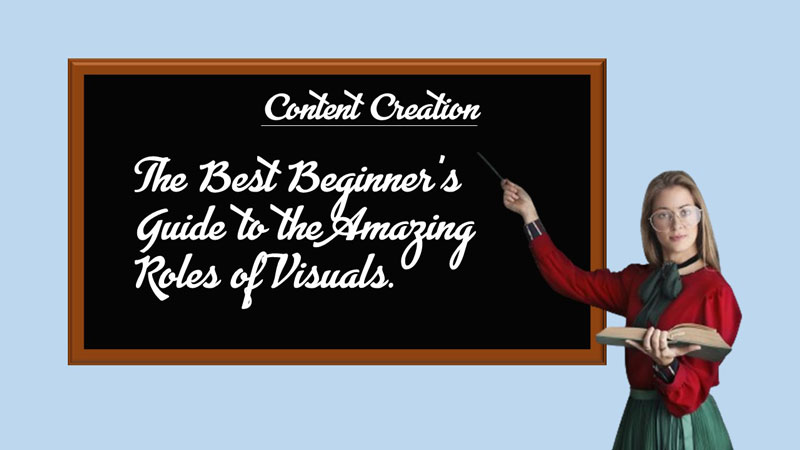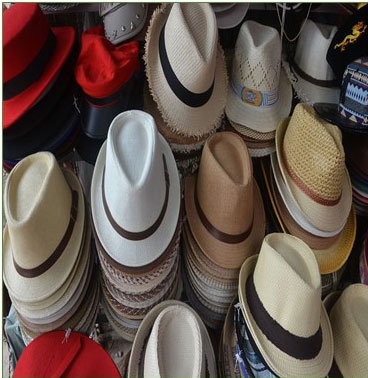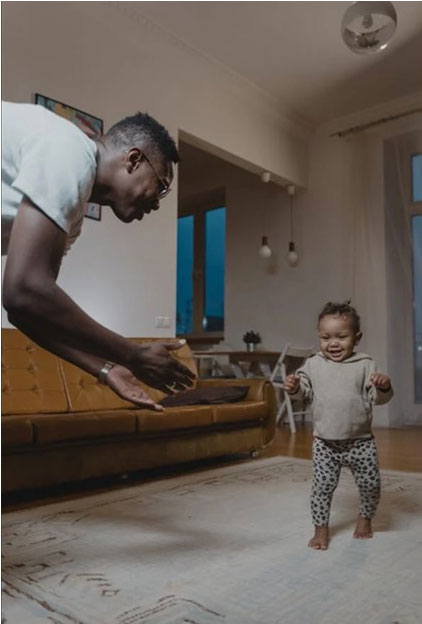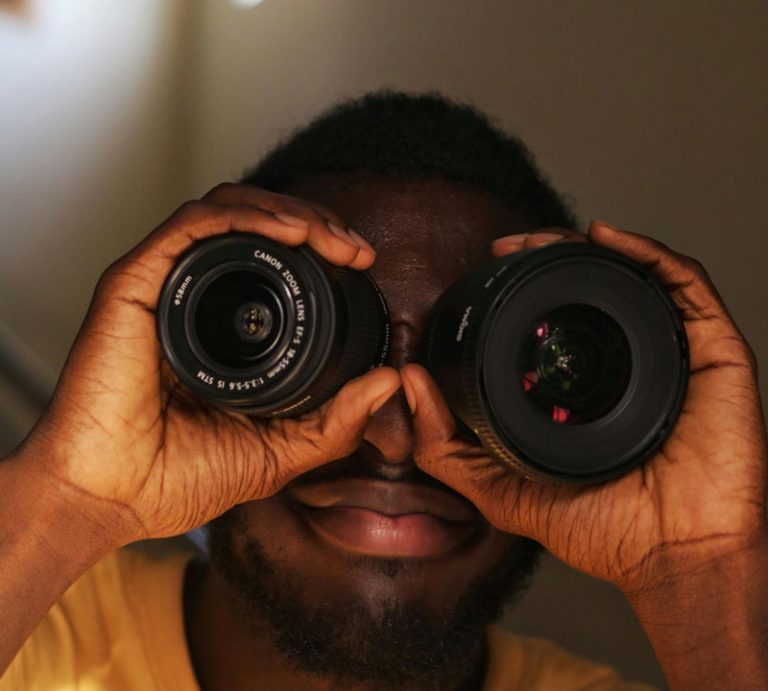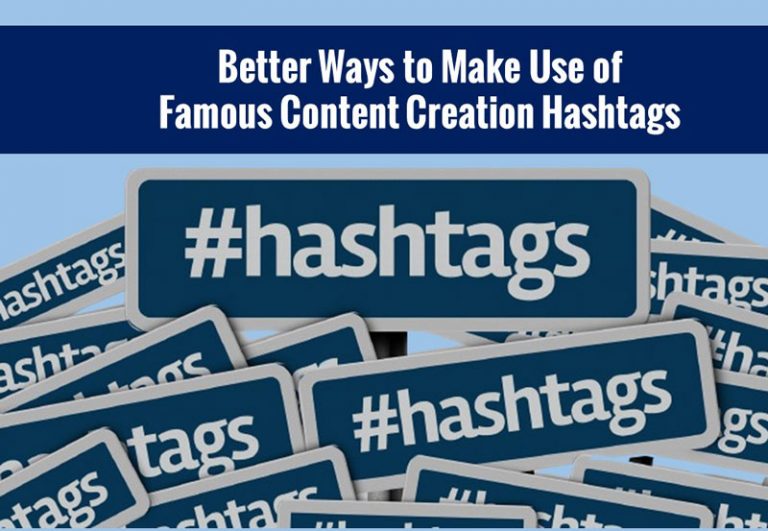How do you think the world would have been if God had created man without a woman or woman without a man?
Boring, isn’t it?
You guessed right!
God, in His infinite wisdom, knew how boring life would have been for man to live without a woman that was why He created woman for man.

So, let us clap our hands loudly to appreciate God for preventing what would have been a boring life for us. 😊
Above all, God created man and woman in His own image.
Isn’t that awesome?
Since man and woman, including you and me, were created in the image of God (Bible book of Genesis, Chapter 1, verse 26), we are expected, like God, to make life interesting and less boring for ourselves and for others who meet us or who meet what we do.
How can we make life interesting and less boring for ourselves and for others?
There are many ways we can do that, but since this blog is about content creation, I’ll limit my discussion to content creation.
One of the ways content creators can make life easy for themselves and their audience is by using of visuals, where necessary, whenever the create their content.
The Meaning of Visuals
Visuals, in the context of content creation, refer to graphical or pictorial elements that enhance or convey information, ideas, and emotions.
They encompass a wide range of elements, including images, graphics, photographs, infographics, videos, animations, and other visual elements that are used to complement or illustrate written or spoken content, making it more engaging and understandable for the audience.
From marketing to education, storytelling to social media, visuals have become a powerful tool of communication, playing a crucial role in capturing attention, conveying messages, and making information more engaging and memorable.
The Power and Amazing Roles of Visuals in Content Creation
Have you noticed that the rate of reading has declined dangerously across the world, and that millions of people are no longer interested in reading, as before?
Did you know what is responsible for this ugly and dangerous trend?
I’ll tell you in case you don’t know!
The simple reason some people are reluctant to read, these days, is because they have fallen in love with visuals, especially videos.
Because of that deep love, they prefer to watch videos and see other forms of visuals rather than consume content that has no visuals.
What does this, therefore, mean or suggest to you?
It simply means that you must try, as much as possible, wherever and whenever necessary, to include visuals in your content.
Interestingly, visuals are not new to content creation.
They have always played a crucial role in communication since time immemorial, except that people’s penchant for it has quadrupled now.
Understanding the roles of visuals and incorporating them into your projects, you can enhance your ability to capture attention, convey messages, and make information more engaging and memorable.
So, whether you’re a marketer, educator, or storyteller, don’t underestimate the amazing power of visuals, including the following:
Grabbing of the Attention of Your Audience
Visuals are an excellent way to grab the attention of your audience.
In a world where people are bombarded with information, visuals can help your content stand out from the crowd.
Studies have shown that visuals are more likely to be noticed and remembered than text alone.
Numerous studies in the fields of psychology, cognitive science, and marketing that support the idea that visuals are indeed more likely to be noticed and remembered compared to text alone.
This phenomenon is often referred to as the “picture superiority effect.”
Mentioning those studies here would take more space than necessary.
If you wish to find specific studies on this topic, I recommend that you search academic databases, research journals, and authoritative sources in the fields of psychology, education, communication, and marketing.
Google Scholar, PubMed, and academic journals related to visual perception and communication are good places to start your search.
Increase in the Engagement Rate of Your Content
Visuals can cause your audience to increase their engagement with your content and encouraged to share it.
In other words, visuals can help to keep your audience engaged with your content for a longer period, as well as encourage them to spread the message that is contained in your content.
In summary, using images and videos can help you create a more immersive experience for your audience.
Helping to Communicate Complex Ideas
Visuals are an effective way to convey complex ideas and emotions in a concise and engaging manner.
They help to simplify complex ideas and make them easier to understand.
Using charts, graphs, and diagrams, for example, can help break down complex information into easily digestible chunks, thereby making it easy for your audience to understand and remember your message.
Helping to Reinforce the Message in Your Content
Visuals are powerful because they tap into the brain’s ability to process images faster than text, making them more likely to be remembered.
Think of iconic photographs that have shaped history or advertisements that have become ingrained in our minds.
Visuals not only help to capture the attention of your audience but also help to reinforce your message and make it more memorable.
By using images related to your message, you can create a stronger emotional connection with your audience, thereby encouraging them to take the action you expect.
Helping to Build Brand Awareness
Visuals can help you build brand awareness, create a strong visual identity for your brand, increase your brand recognition and make your brand more memorable, by using consistent branding elements such as colours, fonts, and logos.
By using consistent branding elements such as colors, fonts, and logos.
That is why you can easily identify the owners of the following logos, without their names being written or printed close to them.

Typical examples of brands, Coca-Cola and Nike, with consist colors, fonts, and logos
Best Practices for Using Visuals in Content Creation
While visuals can be an effective way to enhance your content, it is essential and advisable that you use them correctly.
Here are some best practices for using visuals correctly in content creation:
Use Images That Are Relevant to Your Content
How would you feel to read a football (soccer) content that is illustrated with the photographs of pregnant women instead of photographs of those of soccer players?
Bad, isn’t it?
Of course, yes!
So, don’t make a similar mistake; never use an image or visual that have no connection or related to your content.
Make sure that the images you use are relevant to your message and help to reinforce your brand identity.
Use High-Quality and High-Resolution Images
Always make sure that the images you use for your content are of high quality and high resolution, free of distortion or pixelation, so that your content will be visually appealing.
A comparison of the two images, below, would make this point clearer to you.

Here are two images of the famous Mona Lisa.
If you were to write a story about her, which of the two photographs would you like to illustrate your story, ‘A’ or ‘B’?
Your guess is as good as minge.
So, when you use high-quality images that are of high resolution, your work becomes polished and professional.
Be Consistent in Your Branding
Consistent branding is crucial when using visuals in content creation.
Make sure that you use consistent branding elements such as colors, fonts, and logos.
This will help to create a strong visual identity for your brand.
Use a Variety of Visuals
Since “variety,” according to William Cowper, “is the spice of life,” make it a habit to use the combination of images, videos, and infographics, where necessary and reasonable.
This will help to break up your text and make your content more visually appealing.
Simply put, using a variety of visuals can help to keep your content engaging and interesting.
Use Alt Tags on Your Online Content
What is an ‘alt tag?’
An “alt tag,” also known as an “alt attribute” or “alt text,” stands for “alternative text.”
It’s a short description that can be added to images on websites.
It is meant to provide information about the image for people who cannot see the image themselves, such as those who are blind or visually impaired.
Imagine you’re looking at a web page, and there’s an image of a female student using a computer laptop.
Now, think about someone who can’t see the image of the student and her laptop – maybe they’re using a screen reader, a tool that reads aloud the content of websites.
Without an alt tag, this person wouldn’t know what the image is all about.
That’s where the alt tag comes in.
When an alt tag is added to the image’s HTML code, the screen reader can read the alt text aloud, describing the image.
So, for our female student and her laptop example, the alt tag might say something like, ‘A young woman using a computer laptop.”
To summarize my explanation, an alt tag is a little text of description you give to an image on a website, to make sure that everyone, including those who can’t see the images, can understand what the image is all about.
It’s a way to make websites more accessible and inclusive for all users.
Conclusion – The Best Beginner’s Guide to the Amazing Roles of Visuals
Visuals play a very important role in content creation.
As already mentioned, they help you to grab the attention of your audience, communicate complex ideas, reinforce your message, increase engagement, and build brand awareness.
When using visuals in content creation, it is essential to choose high-quality images, use relevant images, use consistent branding, use a variety of visuals, and use alt tags to make your content accessible to everyone.
Incorporating visuals into your content can help to make it more engaging and memorable.
It is, however, essential to use visuals correctly to ensure that they enhance your message and reinforce your brand identity.
Using them effectively will assuredly help you create content that stands out from your competition and resonates with your audience.
By following best practices for using visuals in content creation, you can create content that is not only visually appealing but also effective in communicating your message to your audience.
So next time you create content, don’t forget to incorporate visuals, and see the difference it makes!
The Best Beginner’s Guide to the Amazing Roles of Visuals. THE END.
PS: If you enjoyed this post, The Best Beginner’s Guide to the Amazing Roles of Visuals, please, leave a comment below and tell us how much you love it and what you may want us to do to serve you better.


